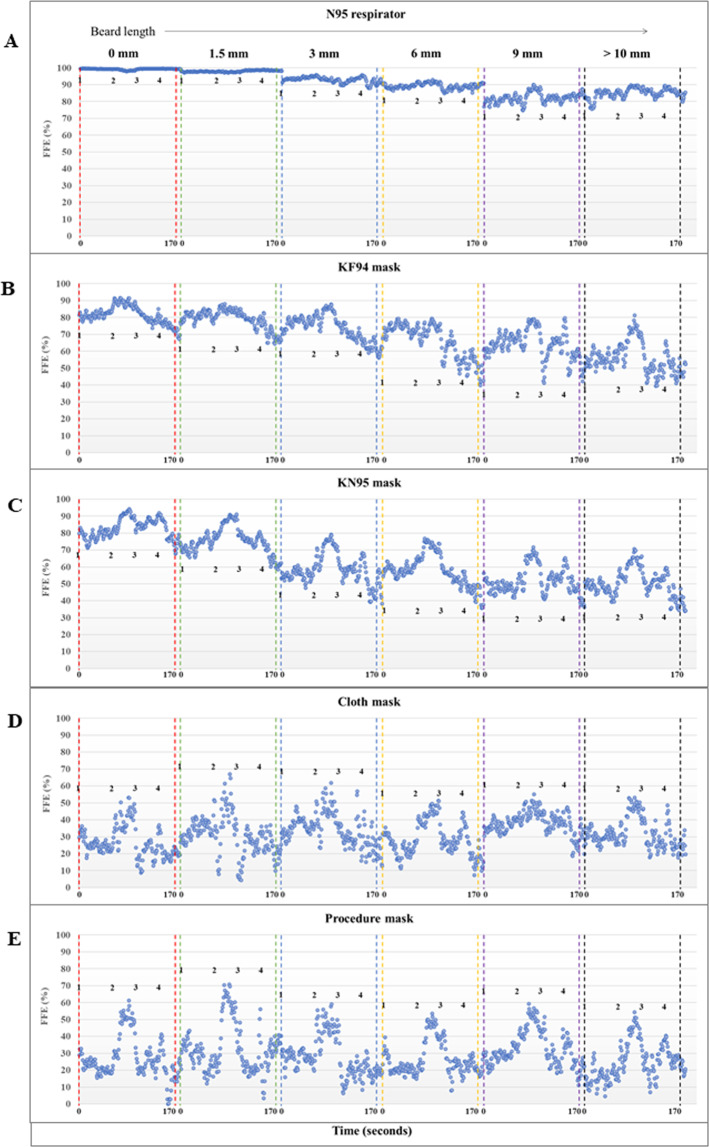Fig. 2. Fitted filtration efficiency (FFE) percentage for face masks at different beard lengths measured using the Occupational Safety and Health Administration modified ambient aerosol CNC quantitative fit testing protocol.
Data from Volunteer 1 show the overall FFE decreased for a NIOSH N95 respirator (A), a Korean standard KF94 mask (B), and a Chinese standard KN95 mask (C), with increasing beard hair length (0, 1.5, 3.0, 6.0, 9.0, and >10.0 mm). The FFE percentages for a reusable cloth mask (D) and a procedure mask with elastic ear loops (E) were low even with shaven skin and did not deteriorate appreciably with beard hair length. The numbers adjacent to the data “1, 2, 3, and 4” indicate the starting time of the four exercises in the fit test, (i.e., 1 = bending at the waist for 50 s, 2 = reading aloud for 30 s, 3 = looking left and right for 30 s, and 4 = looking up and down for 30 s). Data corresponding to FFE of the face mask are expressed as [1 – (mask count/ambient count)] × 100 shown as percent (0–100) on the y-axis. The average of three independent tests is plotted against time on the x-axis (seconds), with 10 additional seconds recorded after each exercise.

